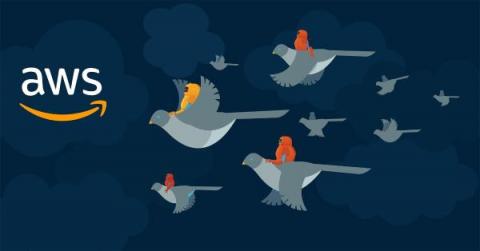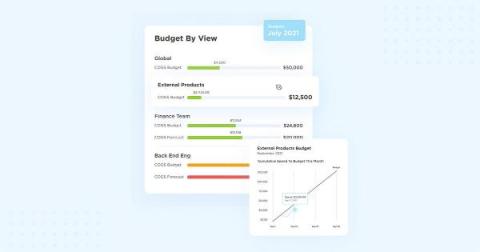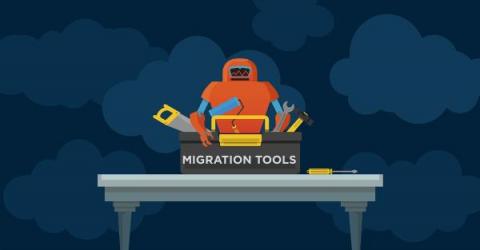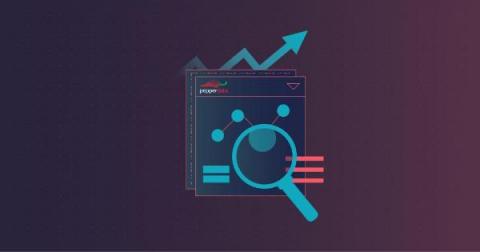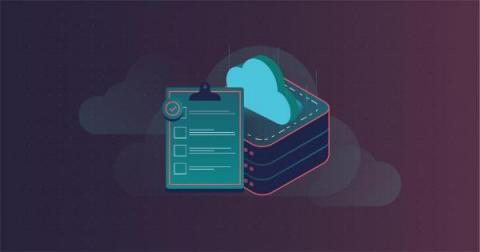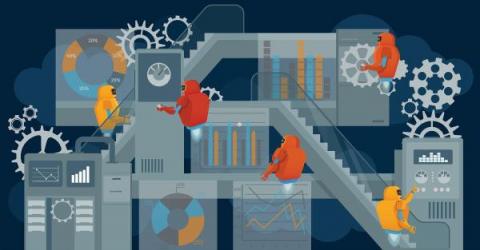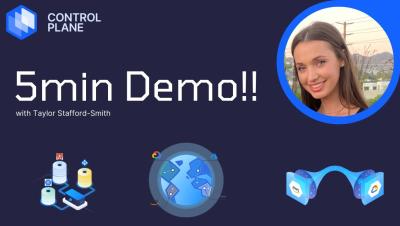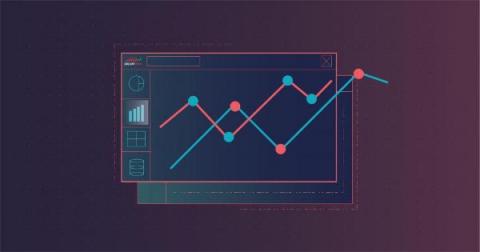Operations | Monitoring | ITSM | DevOps | Cloud
January 2022
How To Calculate TCO On AWS: A Step-By-Step Guide
Amazon S3 Cost Optimization Best Practices
Amazon Simple Storage Service (S3) is an essential cornerstone of AWS and among its most popular service offerings. S3 allows tenants to store, secure, and retrieve data from S3 buckets on demand. It is widely used for its high availability, scalability, and performance. It supports six storage classes and several use cases, including website hosting, backups, application data storage, and data lake storage. There are two primary components of Amazon S3: Buckets and Objects.
Be in charge of your cloud costs with these 2021 releases: CloudSpend recap
The widespread adoption of digital transformation triggered by the global health crisis has created a boom. For some businesses, the transition was smooth, but for others, it was an aggressive shift. Out of all the challenges posed by the transition to digital environments, messy cloud cost management and rocketing cloud bills are the most taxing. According to Gartner, through 2024, 60% of infrastructure and operations leaders will bear cloud costs that hurt their on-premises budgets.
7 AWS Migration Strategies That Can Help Prevent Overspending
Introducing CloudZero Budgets: Improve Cost Predictability And Eliminate Surprises
19 Questions To Ask Your Cloud Cost Management Vendor
Not all cloud cost management tools are equal. Whether you’re in the process of evaluating cloud cost management vendors or already have a tool in place, here are 19 questions you should ask to ensure you have all the capabilities needed to maximize performance and minimize cost of your hybrid cloud deployment across the following.
The 10 Best AWS Migration Tools (Updated 2022)
How MSP Content+Cloud Turned a Cost Reduction Mandate into New Revenue Generation
As today’s IT infrastructure becomes more complex, a continued reliance on legacy systems can become costly as IT operations get bogged down in inefficiencies and hampered by unreliability.






